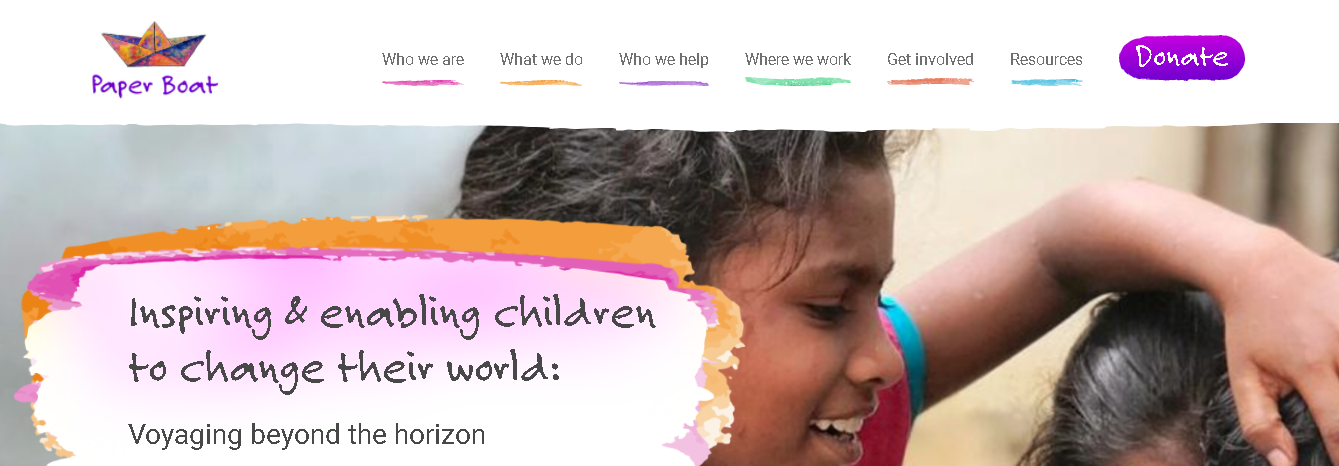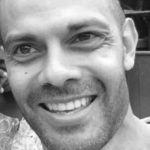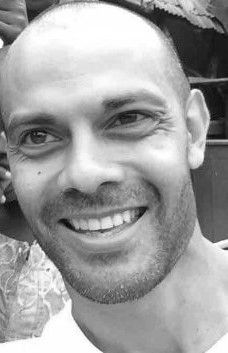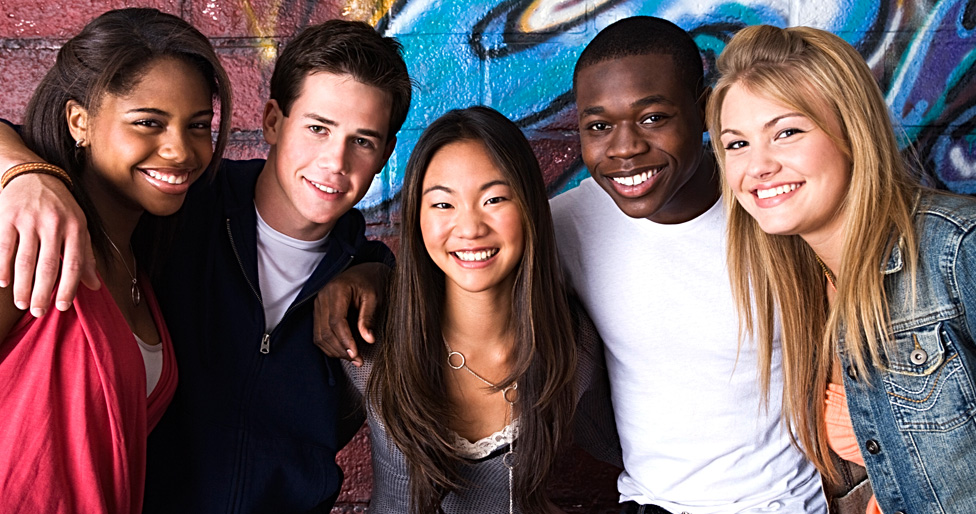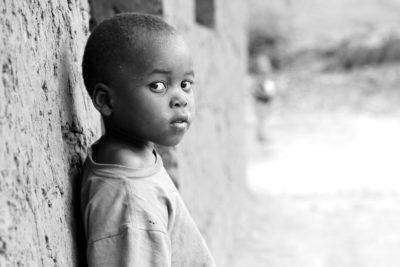
You are the Director of Paper Boat, creating spaces in which children can enjoy their childhood and delight in creative learning. Please tell us a bit more about how this works and how these spaces contribute to their confidence-building.
We chose the name ‘Paper Boat’ drawing inspiration from the poem Paper Boats by Rabindranath Tagore. Tagore’s poem is about a child for whom one simple, creative act (making a paper boat and gently launching it on a voyage down-stream), is a symbol and vessel for their hopes, dreams and imagination:
“Day by day I float my paper boats one by one down the running stream – I hope that someone in some strange land will find them and know who I am”
This is an enormously powerful statement – the little child’s hope is for their voice to be heard, their identity to be acknowledged and valued. This isn’t about speaking for the child, or saying that we know what is best for them – it is about genuinely and deeply listening to what the child is saying:
“I load my little boats with Shiuli flowers from our garden, and hope that these blooms of the dawn will be carried safely to land in the night”
Again, the word ‘hope’ – this time the hope is for something that the child and their family has nurtured and cared for in their garden (the night flowering Jasmine – a symbol of life, hope and dreams for the future). These hopes and dreams need to be protected – and the hope is for them to be carried safely to land.
This is where our role as a charity comes in – it is for the children to articulate their hopes and dreams – for them to express themselves through their own creativity and imagination. It is our role to provide them with a safe and nurturing space for this.
At the core of how we work are ‘Children’s Hubs’, child-centred creative learning spaces that equip young people with the skills, experience and personal qualities needed for creative problem solving and leading change in their communities.
Complex problem solving, critical thinking and creativity are essential life-long learning skills for every child growing up in a rapidly changing and unpredictable world. They are particularly important for the young people that Paper Boat works with. Children who live their lives at the margins are all too often invisible and unheard. Our playful and inclusive learning spaces help them to harness their creativity and be seen, heard, and valued.
Our mission is to establish playful and creative learning spaces at the heart of communities through innovative partnerships and we work with individuals and organisations that have developed deep trust with the communities in which they work. We train community facilitators so that they can support young people develop essential learning skills that are foundational for creative problem solving – such as curiosity, imagination, open mindedness and courage (self-belief). In our Children’s Hubs young people participate in a range of activities that help to nurture these skills – art, sculpture, music, journalism, drama, storytelling, filmmaking and photography are all used to stimulate creativity and imagination. Many young people, particularly those from hard-to-reach communities, do not have an opportunity to access these kind of learning experiences in formal school settings.
OLBIOS
“Paper boats are fragile”, as you note. But what can happen when you believe in children and encourage them to fulfill their dreams? Can you give us some examples?
Paper Boat’s vision is ‘a world that unlocks the infinite potential of every child’. I think there are two ‘keys’ that are essential to open the lock. Firstly, a child needs to have self-belief – a strong sense of self-worth. Many of the children we work with come from communities that have inculcated, from a young age, the idea that they are somehow inferior human beings – impure or unclean because of their subordinate position in the social hierarchy. Recognizing their own inherent value and potential is therefore essential for the children we work with. And this requires a ‘journey within’ so to speak – the capacity to bend the beam of observation back upon oneself to reflect more carefully on who we are, where we are going and what we are capable of.
Secondly, and building on this improved sense of self-belief, children need to find deeper ways to connect with others – collaborating through shared and playful learning experiences, connecting with the world around them, their environment and wider communities in new ways so that they can transform their world. We refer to this as ‘the journey beyond’ which is really a ‘the journey together’. In our Children’s Hubs we encourage collaboration and building bridges across lines that can fragment and divide communities. Our creative learning spaces are inclusive and children are encouraged to collaborate with their peers (regardless of caste, class or ethnicity) on a shared learning journey.
One of the best examples of this is our youth journalism programme. Children from across our 19 Children’s Hubs (including those in poor rural communities and urban deprived areas from a various caste backgrounds) work together to produce and edit a magazine called Engal Kural (which means ‘Our Voice’ in Tamil). Poetry, photography, art and social commentary – all produced by the children – not only showcases their creativity and imagination but also increases their confidence and agency as they find new ways to express themselves, alongside their peers, and in ways that are very different from the traditional rote learning and teaching for exams invariably offered in the government schools that they attend.
This is a powerful quote from the first edition editorial – in the children’s own words……
“Truly speaking it is not our voice, but the noise you make about us children that fall on our ears. So much is talked about our safety, our rights, our education, our future, and our health- at home, at school, in the media, in the legislature, even in the United Nations. Plans and schemes too are made. Yet we are not free from suffocation. “Unless you become either a doctor or an engineer you don’t have a future” says a loud voice. “If you don’t take that highest grade you are not worthy of being a child” another lament you hear. Every day we carry a sack load of homework from the school. By the time we finish them, the morning arrives! With whom to talk? With whom to laugh with? And with whom to share our dreams? Along with children we invite you adults, to read our magazine. From now on let our voice ring in your ears”.
We believe that this is what the little child in Tagore’s poem means when they hope that someone in some strange land will know who they are. And this is why we see our purpose as ‘listening to young people – inspiring and enabling them to change their world’
OLBIOS
You are also Trustee at Village Aid, working together with communities in rural West Africa, providing access to the tools and resources that people need to break the cycle of poverty and gain independence and control over their lives. How do you approach such a difficult goal? Could you give us an example of its impact?
I have been associated with Village Aid for more than 10 years – starting as a volunteer and helping with some small-scale community fundraising. I then took up a job as Africa Programme Officer – working on rural development initiatives in Gambia, Sierra Leone, Ghana and Cameroon and also spent 3 years as the CEO. As a Trustee – I am back supporting the charity in a voluntary capacity at governance level.
One initiative that was particularly close to my heart was a 5-year programme called ‘In Search of Common Ground’. This was a peacebuilding project to transform conflict between semi-nomadic Mbororo cattle herders and crop farmers competing over access to increasingly scarce resources (land and water). There were various tools and resources that we used to encourage collaboration and amicable dispute resolution – including dialogue platforms that brought farmers and cattle herders together to explore the root causes of conflict and take joint action to resolve it, ‘alliance farming’ which encouraged the shared use of land – with farmers and herders taking it in turn to share land for grazing cattle and growing crops. This was a win-win – the manure and urine produced by the cattle increased the fertility of the soil and crop yield whilst the crop residue provided nutritious grazing for the cattle – increasing their health and milk yield. The project also supported improved pasture – planting varietals that were resistant to the impact that climate change was having and water catchment protection sites to benefit people and animals from herding and crop farming communities.
One of the most impressive things about the project was the robust monitoring and evaluation framework – including extensive qualitative research and an 800 household survey at years 1, 3 and 5 (the largest survey on farmer-grazer conflict in Cameroon). There were some impressive indicators of project impact including 96% of farmers reporting higher crop yield as a result of alliance farming, a reduction from 44% to 14% of ‘access to clean water’ as a conflict trigger and 86% of survey respondents reporting a reduction in conflict levels overall at the end of the project. The project gained national media attention and across a number of government ministries.
OLBIOS
Mr. Shaheen, although at a young age, you have already been personally involved in many different non profits and all over the world. What is the personal motivation behind your choice of this kind of activity and your specific commitment to empower children?
In 2007 I completed a PhD. My thesis was entitled ‘Exploring Dalit participation in learning and the transformative potential of self-reflective inquiry’ and I think this gives quite a good insight into some of the things that motivate me in my life and work. Much of my work has been about challenging inequality and exclusion arising from poverty and discrimination. And I have a firm belief that the self-reflective process – bending the beam of observation back upon ourselves has remarkable potential for transforming our self-world view and, consequently, how we relate to and treat others.
I have a dual heritage – my mother is English and my father was born in India and moved to Pakistan during partition in 1947. Growing up in an ethnically homogenous (predominantly white) rural community in England – some of my earliest memories involved questioning what it meant to be an ‘insider’ or an ‘outsider’ – what did it mean to belong (to a country, a culture, a community), to be included, accepted or treated as equal? I was therefore acutely aware (and fearful) of separation, fragmentation – being somehow excluded or disconnected from others.
Two of the thinkers that I drew on heavily for my doctoral research were Martin Buber and David Bohm – both influential 20th Century philosophers who explored the role that dialogue (deepening human connection) has to play in changing the way that we think and act. Both saw the importance of listening, standing back and observing to shift how we view ourselves and how we relate to others and both saw this as a profoundly creative experience – opening new windows onto the world. This speaks to me whether the issue is conflict between cattle herders and crop farmers in North West Cameroon or children from Dalit (so called ‘untouchable’) communities engaged in creative learning and leading projects to transform their world.
I think this is what I find so inspirational about working with children and the kind of approaches that I find so meaningful – including the importance of encouraging collaboration and stimulating imagination. Photography is just one of the ‘keys’ that Paper Boat uses to unlock creativity and potential in children, and it is a wonderful a vessel for ‘the journey within’ as well as ‘the journey beyond’. If unencumbered by prejudice and preconception a child’s imagination is one of the greatest wellsprings of creativity in our world – it is free to voyage beyond the horizon – finding a way to navigate difficulty today because, as the poet Gibran tells us “…their souls dwell in the house of tomorrow, which you cannot visit, not even in your dreams”.
Photography gives us a wonderful window onto a child’s world – a photograph taken by a child is their window onto their world. This photograph was taken by a young girl – perhaps it was the first time that she had ever held a camera. She did not give in to self-doubt and limitation when told that even a professional photographer would find it incredibly difficult to ‘photograph what water feels like’…persisting until she captured this beautiful and joyful image.
Looking at everything as if we are seeing it for the first time – with ‘beginner’s mind’ – inspires creativity to flow. Looking at everything as if we are seeing it for the first time – through the eyes of a child – has the power to stir the imagination and lift the soul.
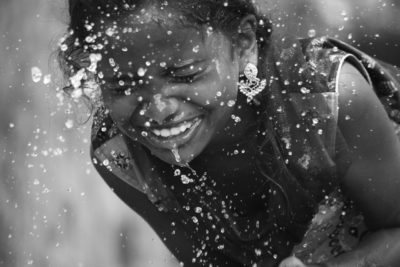
Visit Website
https://www.paperboatcharity.org.uk/
